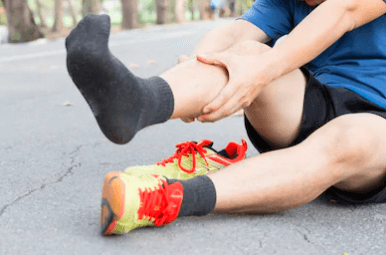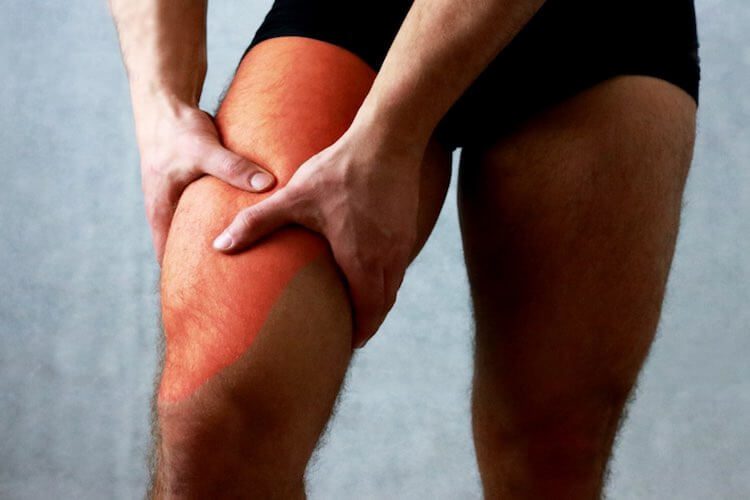Table of Contents
ToggleElbow injuries
Tennis elbow is when the tendons that join the forearm muscles are inflamed. Climbers engage in repetitive lifting and gripping, which can result in an overuse injury. Common symptoms include weakness or pain when moving the elbow, tenderness on the outside of the elbow, and pain with resistance. This condition can be treated with physiotherapy, bracing, applying ice and rest.
Shoulder injuries
Climbers commonly experience rotator cuff injuries due to all the overhead bodyweight pulling they do. Poor biomechanics and weak rotator cuffs can contribute to tendonitis or tears. Common symptoms include restricted range of motion, pain, clicking or popping sounds and weakness when lifting the arm. This condition can usually be treated with physiotherapy, ice and rest.
Wrist injuries
Triangular fibrocartilage complex (TFCC) is a common wrist injury in climbers. If the climber continues to climb despite the onset of wrist pain, the TFCC can degenerate and tear. This injury can feel like a dull aching pain in the side of the wrist. A sharp pain might be felt when bending the hand towards the pinkie. Treatment involves wearing a cast for a few weeks, followed by physiotherapy and strengthening exercises.
Finger injuries
A2 pulley strain occurs when the climber applies excessive force to their fingers. It usually occurs in the middle or ring finger, and can swell up, feel painful and stiff, bruise and give off a popping sound when the fingers are pulled down. Injuries can be as mild as a small sprain or can even be a complete tear. Physiotherapy and splinting are good treatment options.
Another finger injury occurs in the flexor tendons, which can stretch or tear during a climb. When this happens, pain can be felt between the wrist and the palm. There might also be numbness, tenderness and an inability to bend the finger joints. Surgery followed by physiotherapy rehabilitation is often needed to repair tendon tears.
Trigger finger is one of the other common rock climbing injuries. It happens when the flexor tendon is irritated, causing it to thicken and prevent the joint from bending. If symptoms are mild, a physiotherapist can treat the condition by applying a custom splint and prescribing rest.
A collateral ligament strain happens when you load sideways, for instance, when you reach one hand out to a hold with the other. Common symptoms include tenderness, pain and swelling on the side of the finger joint. This can often be treated with taping, ice and rest.



